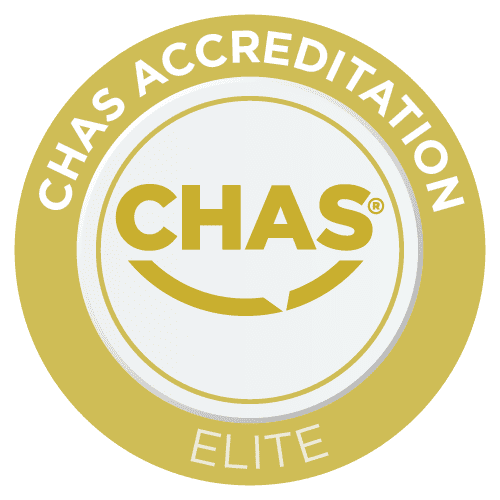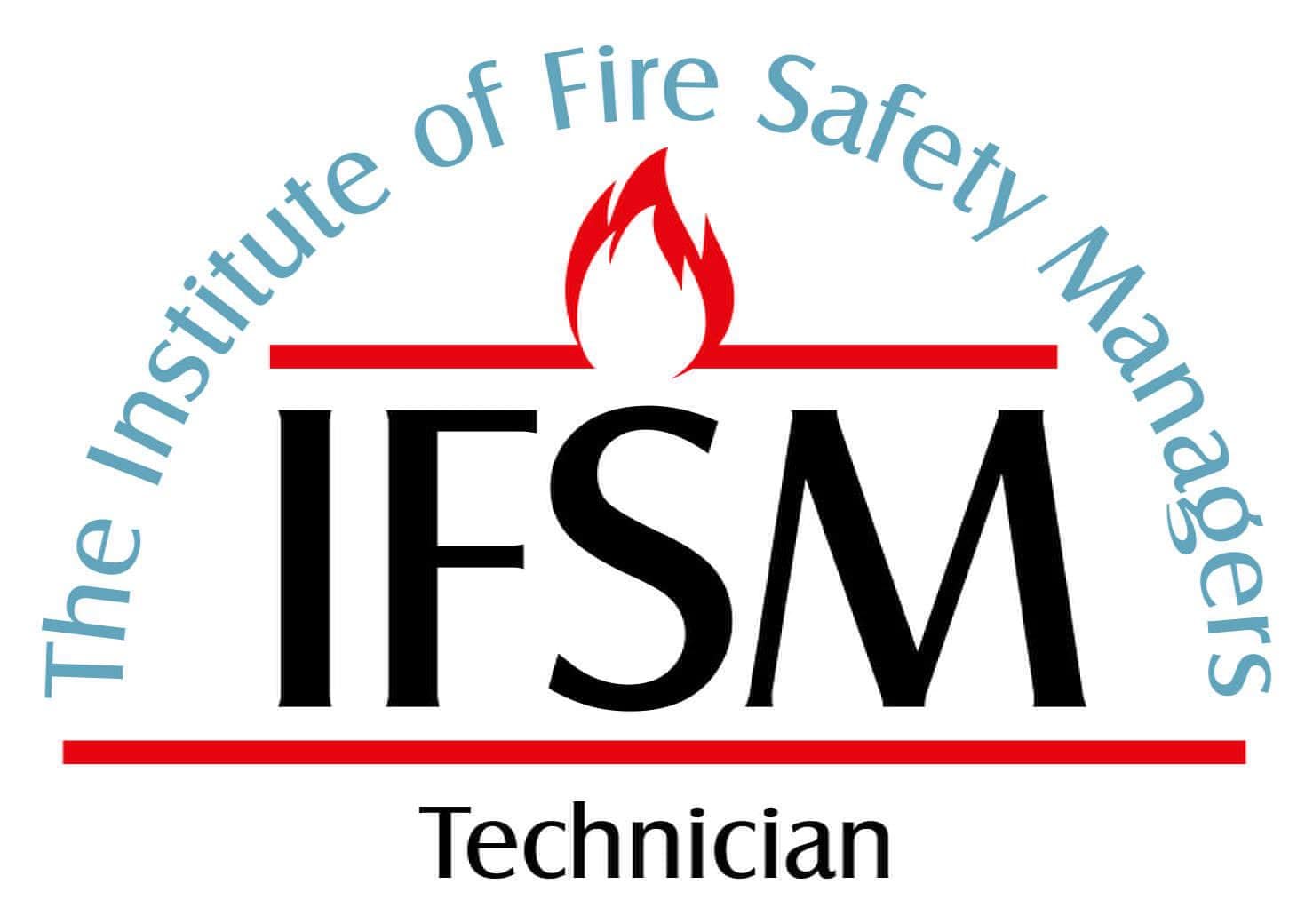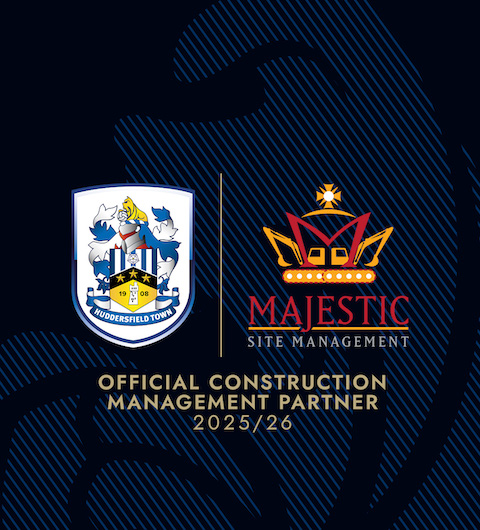Call now to book
01484 426302The Site management safety training scheme (SMSTS) is a five-day course designed for site managers, or aspiring site managers. It is designed for those with responsibility for managing, monitoring, implementing and reporting in a construction environment.
The course covers relevant health, safety and environmental legislation affecting safe working in the building, construction and civil engineering industries. It highlights the need for risk assessment in the workplace, the implementation of the necessary control measures, and adequate communication to sustain a health and safety culture among the workforce.
The SMSTS course is endorsed by Build UK as the standard training for all construction managers.
Our upcoming course dates are:
| Course Dates | 05th & 09th February 2024, 11th & 15th March 2024, 15th & 19th April 2024, 13th & 17th May 2024, 10th & 14th June 2024, 15th & 19th July 2024, 12th & 16th August 2024, 09th & 13th September 2024, 14th & 18th October 2024, 11th & 15th November 2024, 09th & 13th December 2024 |
|---|
The course aims to help site managers to:
There are no formal entry requirements, however, delegates should hold, or be about to hold, the role of a site manager. Previous health and safety knowledge is recommended. Those without previous health and safety management experience are recommended to sit the two-day SSSTS course. Delegates must be competent in written and spoken English necessary for operating efficiently at site management level.
Successful completion of the course requires the delegate to pass an exam paper at the end of the course.
The paper consists of 25 questions, selected by CITB, covering all aspects of the course. The exam must be taken at the end of the course.
Each exam paper has:
The seven health and safety focus areas are founded on construction ill health, injury and fatality statistics:
The exam pass mark is 81% (26 out of 32).The exam lasts for 35 minutes and must be completed within this time under exam conditions. Delegates are permitted to use the Construction site safety – The comprehensive guide (GE700) publication and the Construction site management delegate workbook (XA6) for the last 15 minutes of the exam.
The exam paper forms part of the overall assessment as to whether the delegate has successfully achieved the Site Management Safety Training Scheme and demonstrated both knowledge of the relevant statutory provisions as well as the application of management in respect of health and safety issues.
Delegates taking the SMSTS course should be able to achieve all the learning outcomes listed below by the end of the course.
1. Health and safety law
Describe the purpose of health, safety and environment legislation and the different legislative requirements that must be followed.
2. The Health and Safety at Work etc. Act
Describe the legal duties of the employer, self-employed and, to a lesser extent, employee, to promote health and safety awareness and effective standards of safety management by every employer.
3. Construction (Design and Management) (CDM) Regulations
Describe the CDM Regulations that cover the management of health, safety and welfare on construction projects. Identify what they are about, what they require, what needs to be done and by whom.
4. Health and safety management systems
Describe the key principles of a health and safety management system, what it should contain and how it should be used.
5. Risk assessments and method statements
Describe the importance of risk assessments in ensuring a reduction in workplace accidents.
6. Induction and training
Describe the legal requirements for the provision of information and ensure it is tailored for the audience, understood by the audience and specific to the site.
7. Effective communication
Describe the importance of good communication on site with all employees, particularly during site induction, and ensuring critical information is conveyed.
8. Leadership and worker engagement
Describe the principles of leadership and worker engagement to influence good working practices on site.
9. Inspection and audit
Describe the importance of accurately measuring, monitoring and reporting on health and safety within the workplace.
10. Statutory forms, notices and registers
Identify the statutory and non-statutory forms, notices, signs and registers used in the building and construction industry and the keeping of records and other details.
11. Accident prevention, control, reporting and investigation
Describe why accidents happen, the human factors, trends, causes, impacts and preventative measures required, including reporting and follow through.
1. Management of health
Describe the importance of sustaining good health in the workforce and how to plan and maintain suitable practices to prevent the high costs that work-related ill health causes.
2. Welfare facilities
Describe the importance of providing suitable welfare facilities and ensuring they comply with the CDM Regulations.
3. Stress and mental health at work
Describe the importance of a positive approach to managing mental health issues and reducing the costs to industry.
4. Drugs and alcohol
Identify, manage and support individuals affected by drugs and alcohol and understand the legal framework that regulates it.
5. Control of substances hazardous to health
Describe the importance of protecting the workforce from exposure to hazardous substances.
6. Lead
Describe the implications of lead in buildings, its effect, management and control.
7. Asbestos
Describe the risks asbestos poses to health, and the legal requirements required to manage that risk.
8. Dust and fumes
Describe the risks posed by inhalation of airborne particles, the control measures used and how to protect the workforce, the public and the environment.
9. Noise
Describe the risks that excess noise can place on the employee and the surrounding area, and how to mitigate and manage that risk.
10. Vibration
Describe the harmful effects of excessive vibration and how these may be mitigated.
11. Manual handling
Describe how to reduce the risk of injury within the workforce, taking into account the task, environment and control measures.
Describe the requirements to be considered when setting out a construction site.
2. Fire prevention and control, and dangerous substances
Define correct fire planning and dangerous substance control, including safe handling and storage. Ensure procedures are in place to manage hazards and risks.
3. Electrical safety
Describe the dangers of working on or near to live electrical circuits. Ensure good working practices are in place.
4. Temporary works
Describe the requirement to manage temporary works and ensure they are planned, maintained and removed appropriately.
5. Work equipment and hand-held tools
Describe the importance of control and management of work equipment on site. Ensure effective planning, risk assessment, training and maintenance are undertaken.
6. Mobile work equipment
Describe the effective planning and control of mobile work equipment. Describe the legal obligations of working with mobile work equipment on site.
7. Lifting operations and equipment
Describe the legal requirements for lifting operations, equipment and accessories and the steps required to ensure risks are mitigated, planning is undertaken (including selection of equipment) and the correct training and maintenance obligations are met safely and efficiently.
8. Mobile workforce and driver safety
Describe the legal framework and guidance that supports the management of health and safety for mobile, lone and out of hours workers, and the potential risks and how to control them.
1. Work at Height Regulations
Describe the risks surrounding working at height and the plans that must be in place to ensure safety.
2. Working at height
Describe the risks that exist from working at height, such as working platforms, scaffolds, ladders, flat and pitched roofs and anywhere near fragile materials, openings, holes and roof edges.
3. Common access equipment
Describe the health and safety requirements when selecting and using common forms of access equipment.
4. Scaffolding
Describe the key safety issues that relate to the use of scaffolds, how to manage scaffolding operations and how to assess suitability of erected scaffolds.
5. Fall arrest and suspension equipment
Describe the importance of fall arrest and suspension equipment.
6. Excavations
Describe the importance of planning excavations and a safe working practice considering all the elements of the excavation.
7. Underground and overhead services
Describe the risk factors of working with underground and overhead services, including how to plan the work and manage risk.
8. Confined spaces
Describe what a confined space is, how to risk assess it and how to work safely.









SMSTS covers all the health, safety and environmental legislation for site managers (or prospective site managers) in building, construction and civil engineering. That includes:
SMSTS assessment is split into:
If you get above 72% on the examination and pass the other two elements, you can re-sit the exam once on the same day or within 90 days. However, you can’t re-sit (and would instead need to re-take the course) if you:
Having completed the course, participants will have the knowledge and understanding to safely and effectively manage, monitor, implement and report on a construction site, covering four key areas:
"*" indicates required fields